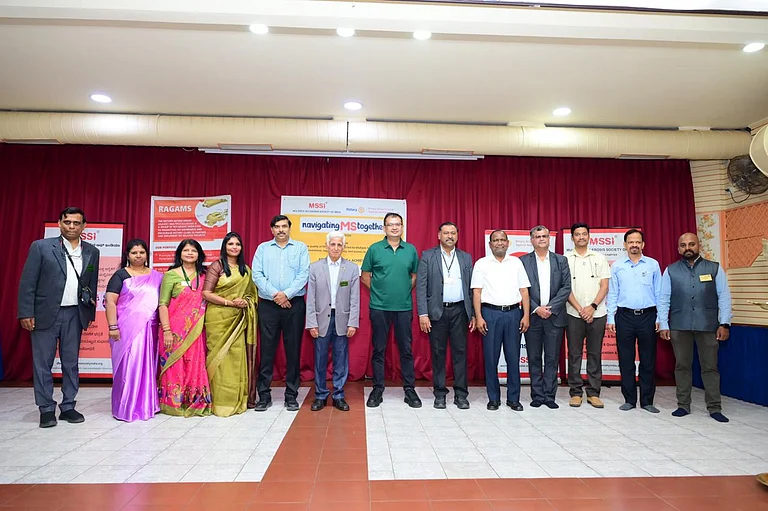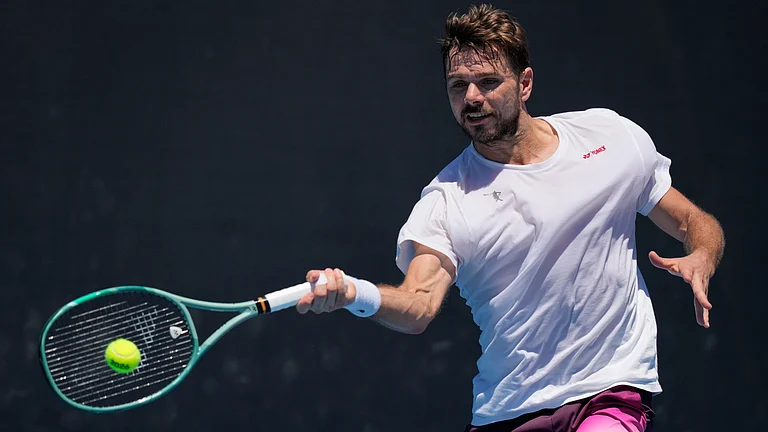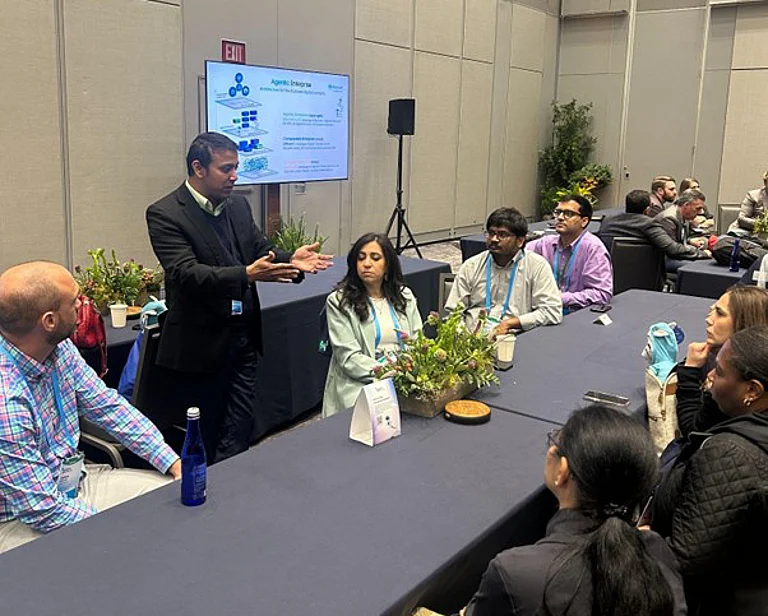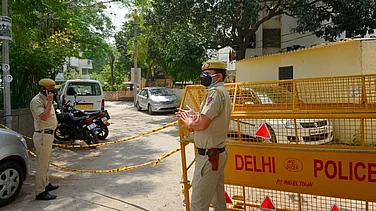It must have been a wise human being who had said that elections always make sense in hindsight. During an election, you get to meet a diverse bunch of people wanting to vote for different political parties for different reasons. That is what makes it difficult to predict the numbers. But it helps you understand them once the results are out.
To be fair, it isn’t a reporter’s job to predict the outcome of the elections. We have psephologists for that. And sometimes, even they get it wrong. Elections are an opportunity to review the condition of the state that is going to the polls. In the process, if one gets a sense of who has the edge, that’s a bonus. But fundamentally, it is about getting introduced to the state through its people. It is about getting to know a part of the country and passing some of that vital information to the audience. It is an opportunity to pick up some of the important issues, and examine if they are part of the conversation on the ground, along with the different identities at play.
This is the approach with which we look at elections at the People’s Archive of Rural India (PARI)—a website dedicated to documenting the life and times of some of the most marginalised communities in the country. And it has worked well for me. On a lighter note, I don’t have to waste my time chasing politicians for banal interviews. But on a serious note, the stories we write have a longer shelf life. They remain relevant even after the results.

I must confess I feel like a bit of an odd man out during elections, because “who are you voting for?” is perhaps the last question I ask in an interview. It is more about “what your problems are”.
Like most reporters, I too visited Lakhimpur Kheri ahead of the recently concluded assembly elections in Uttar Pradesh. It had hit the headlines after a BJP minister’s son allegedly ran over protesting farmers with his vehicle, killing four of them. But I didn’t visit the region where the incident happened, because that is where I expected most reporters to be.
Instead, I spent a lot of time in villages located along the Nepal border, and ended up getting a story that couldn’t have been a bigger indictment of UP’s healthcare system. The villagers—almost all of them belonging to the Tharu tribe—told me how they had been going to hospitals in Nepal all their life, and how that changed for the worse after the Covid-induced lockdown.

During the Covid second wave, many residents here paid a heavy price trying to access healthcare in their own state. Some of them even tried to sneak in across the border by crossing a river or forest, because they trust the healthcare in Nepal over UP. Almost all of them had a story of better facilities, kinder doctors and cheaper hospitals that they have experienced over the years in Nepal.
And that was precisely the theme of my UP coverage for PARI. We decided to look at access to public health, considering the mayhem that transpired during the Covid second wave last year. It exposed the state’s public healthcare like never before. During the course of my time in UP, I also stumbled upon other stories that deserved more attention.
A survey report on patients’ rights, released by Oxfam India in November 2021, found that out of 472 people in UP who responded, 52.44 per cent felt discriminated against on grounds of economic status. About 14.34 per cent felt discriminated against because of their religion and 18.68 per cent on grounds of caste.

On the outskirts of Varanasi, I met a Dalit woman who was not allowed inside a primary health centre (PHC) near her village when she was pregnant. Her helpless mother-in-law implored the staff, but it fell on deaf ears. Eventually, she delivered a stillborn under a tree outside the PHC. Interactions with the Dalit community in that region made it clear she wasn’t an anomaly.
While working on these stories, I noticed that most of the women I spoke with also struggled with anaemia. I looked up the findings in the latest National Family Health Survey, and wasn’t surprised to read that 50 per cent of the women—in a state with 20 crore people—were anaemic, which leads to neonatal and maternal mortality, which is a genuine concern in UP.
You would think these serious health concerns would have some bearing on the elections. After all, it is a matter of life and death. Unfortunately, it also became clear that none of these problems were an “election issue”. I met several residents who had lost family members or friends due to lack of oxygen or inadequate public health infrastructure during the Covid second wave. But it seemed to not have an impact on their voting preferences. “People died even in the UK and USA, despite so many resources,” a man in Hapur who had lost his mother told me. “What could authorities in UP do? It is not an election issue.”
Because it isn’t an “election issue”, it is missing from the coverage of most mainstream media channels. The conspicuous absence of it also makes one wonder whether corporate media wants to ensure it doesn’t become an election issue. It is in fact in line with its Covid coverage that aimed to absolve the Union and UP state governments for failing to manage the pandemic.
ALSO READ: Media And Manipur: Courage Under Fire
It is tough to not notice how influential TV channels are, in shaping public opinion—particularly the ones operating in regional languages. That Covid was a once-in-a-century pandemic and the authorities were helpless, is heard across the board. This message was then reinforced multiple times on news channels, effectively mitigating critical thinking among the electorate. If that wasn’t enough, there were enough shows distracting the electorate from real issues by fanning religious flames.
To be honest, covering an election is a mixed bag of emotions. You come back feeling enriched. You know an important part of your country a lot better than you previously did. But at the same time, you realise how your stories have little influence on those actually casting their votes, because they are published in English. It is a bit frustrating that spineless TV anchors polluting the discourse with their poison reach the masses, while the valuable stories some of us do with a lot of hard work and skill, are confined to limited circles. But on the bright side, at least I get to make sense of the election results in hindsight.
(This appeared in the print edition as "No Fairy Tale")
(Views expressed are personal)
ALSO READ
Parth MN is a Mumbai-based independent journalist associated with PARI





















